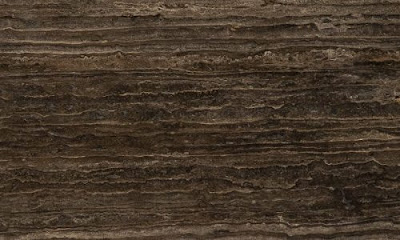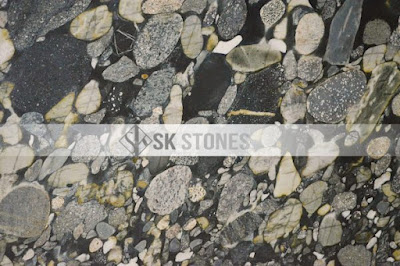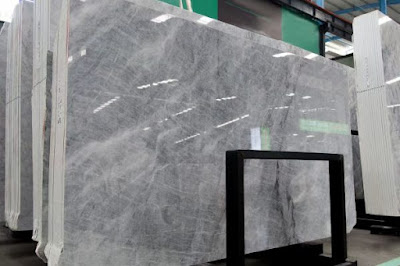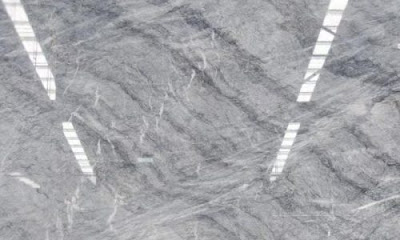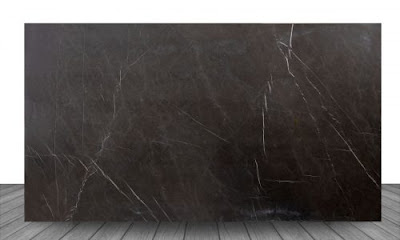If you know about pool decks, then you know very well what travertine stone is. As you know that there are different natural stones found in nature such as travertine, limestone, and granite.
As a result of being made of natural materials,
each item has a distinct appearance and comes in a range of hues, including
cream, beige, ivory, gold, silver, coral, walnut, and different tones of
brown.
Travertine stone seamlessly mixes aesthetic appeal
and robustness. Due to its properties, travertine stone became a very popular
choice for countertops and among homeowners and interior designers.
In this article, you will get to know about the
pros and cons of installing travertine stone countertops in your home:
Travertine
In moist environments like hot springs and caves,
carbonate minerals rapidly precipitate out to form travertine, a type of
sedimentary limestone.
Carbon dioxide-rich water permeates limestone
rock, causing the rock to dissolve and release gases in response to large
changes in pressure or temperature. Over time, the resulting calcium carbonate
recrystallizes and hardens, forming travertine deposits.
Travertine is perhaps best recognized in Colorado
for its role in the development of Hanging Lake, one of the most well-liked
natural tourist destinations in the state.
Travertine layers have formed along the beach as a
result of hundreds of millions of years of dissolved limestone accumulations.
Dissolved carbonates are also to blame for the stunning turquoise color of the
water.
Travertine as a Countertop: Is it Good?
Travertine is an excellent stone for kitchen
countertops. Just like granite, and marble, this stone is one of the best
stones for your residential and commercial use. This material has high durability
and is well-known because of its smooth texture.
Travertine stone material is available in slab and
tile forms. These forms can easily fulfill your requirements for your kitchen countertops or home flooring.
Well, now no need to worry about matching the
colors of your countertops with your kitchen theme. As this countertop material is available in a
large range of different colors. Let’s proceed to know about the pros and cons
of travertine stone countertops:
Pros of Travertine Countertops
- Travertine is a really elegant and lovely stone that adds a classic touch to any kitchen or bathroom surface.
- Since travertine is a natural stone, every slab is different and has distinct characteristics like crooked veins and pits.
- Travertine slabs come in a variety of colors that complement any style and design, unlike other natural stones. They come in a variety of sizes as well.
- You don't need to be concerned about leaving large weights on top of your countertop because this sort of stone is highly sturdy and resilient.
- Travertine is simpler to cut and shape than porcelain tiles. Because of this, it makes for a very practical material to employ in locations with unique shapes.
Cons of Travertine Countertops
- Travertine is a highly reactive material towards acidic substances like lemon juice or orange, soda, etc. If you are using kitchen countertops frequently, then it is not recommended to use them. As even a small spill can react to it.
- Additionally, abrasive cleaners like bleach and ammonia don't perform well on the stone. You must use particular materials designed for this material if you choose to install a travertine countertop in your kitchen or bathroom to prevent any long-term harm.
- Because travertine is far more porous than granite and marble, it requires constant sealing and polishing to prevent etching, stains, or other damage.
- You'll need to clean and disinfect travertine frequently because its porosity makes it much easier for liquids to be absorbed. This can lead to the growth of bacteria.
- Travertine is more likely to scratch than other stones, so extra caution is advised when using knives on it.
If you want to purchase travertine stone for your kitchen countertops and flooring, you can contact SK Stones. They are the leading supplier of travertine countertops in Pakistan!
Read More: Tips for Selecting Pavers for Your Outdoor Living Area
